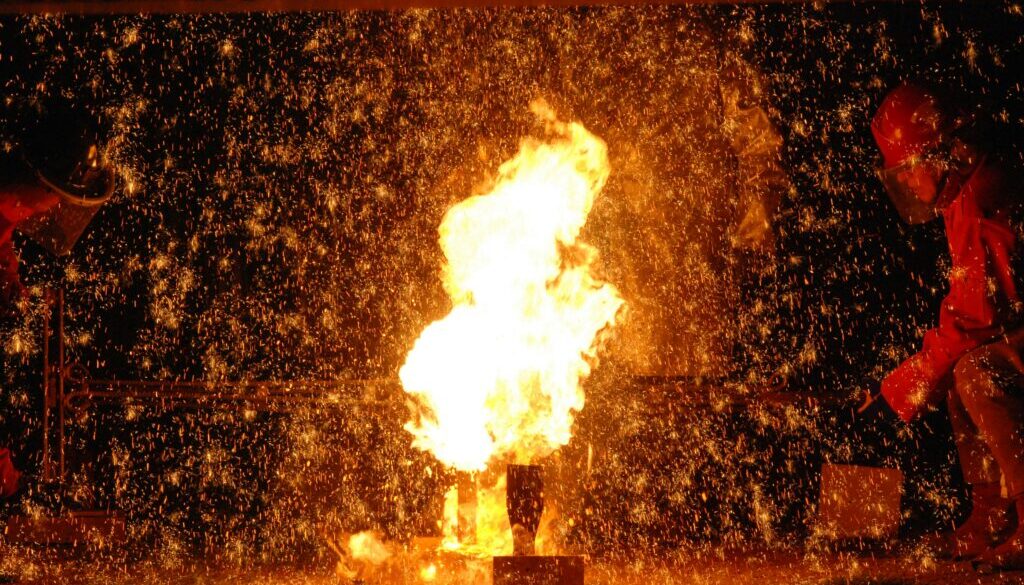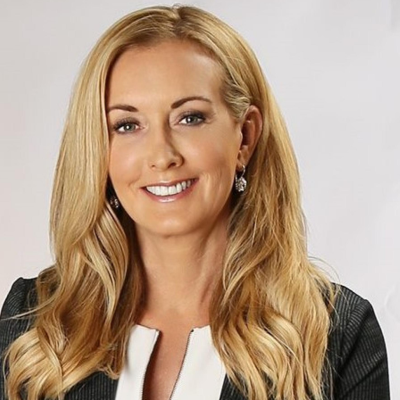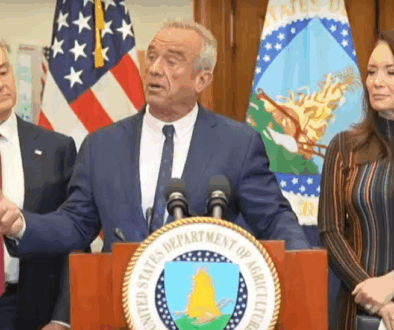Gutting chemical safety board endangers millions of Americans, groups warn Congress
A coalition of environmental, labor and public safety groups are calling on US lawmakers to reject the Trump administration’s move to eliminate a federal unit that investigates chemical accidents, citing risks to more than 170 million people who lives in zones at risk for such events.
In a July 17 letter to leaders in the US House and Senate, the coalition said the White House plan to eliminate the US Chemical Safety and Hazard Investigation Board (CSB) comes at a time when there have been at least 105 “serious chemical disasters” reported so far this year.
Last month alone saw explosions at an automobile parts manufacturer in Michigan and at an asphalt plant in South Carolina, a chemical leak at a Louisiana petrochemicals facility, and a toxic plume of anhydrous nitric acid from an explosives plant in Ohio that forced evacuations of hundreds of area residents, according to the coalition.
A 2023 report found that chemical accidents occur almost daily, on average, across the United States, exposing people to dangerous toxins through fires, explosions, leaks, spills and other releases.
As stated on its website, the role of the CSB is to “investigate incidents and hazards resulting from the production, processing, and handling of chemical substances that can cause death, serious injury, or substantial environmental or property damage.”
The agency, which has been in operation since 1998 and has a current budget of roughly $14 million, does not have the ability to issue fines or citations, but instead makes recommendations to facilities and regulatory agencies such as the Occupational Safety and Health Administration (OSHA) and the Environmental Protection Agency (EPA) that are aimed at preventing future disasters.
The agency currently has seven ongoing investigations into chemical accidents, the oldest dating to a 2023 series of explosions and fires at a Dow plant in Louisiana that released more than 31,000 pounds of ethylene oxide, a known carcinogen, into the environment.
“Over half of the US population – 177 million people – lives in a potential worst-case scenario zone of a chemical catastrophe and 1 in 10 children go to school within a mile of one or more hazardous chemical facilities,” the letter from the coalition states.
“You do not have to live near a refinery or large chemical plant to be affected by chemical disasters. Facilities of all sizes use, store and manage hazardous chemicals and communities across the country need health and safety protection.”
The letter cites EPA data showing that between 2004-2020, there were 99 deaths, approximately 3,300 reported injuries, 16,340 hospitalizations or people who required medical treatment, and 633,500 people who had to evacuate or shelter-in-place due to chemical disasters due to more than 2,400 reported chemical incidents around the US. The letter is signed by the United Steelworkers, Earthjustice, the International Union of United Automobile, Aerospace and Agricultural Implement Workers of America, the Center for Environmental Health, BlueGreen Alliance, New Jersey Work Environment Council, Coming Clean, Union of Concerned Scientists, and the Environmental Justice Health Alliance for Chemical Policy Reform.
According to press reports, the Trump administration cites fiscal responsibility and redundancies for its effort to cut the agency. The administration has been critical of the CSB for recommending policies that it has no authority over, arguing that agencies that do have such authorities are better suited to address chemical safety problems.




